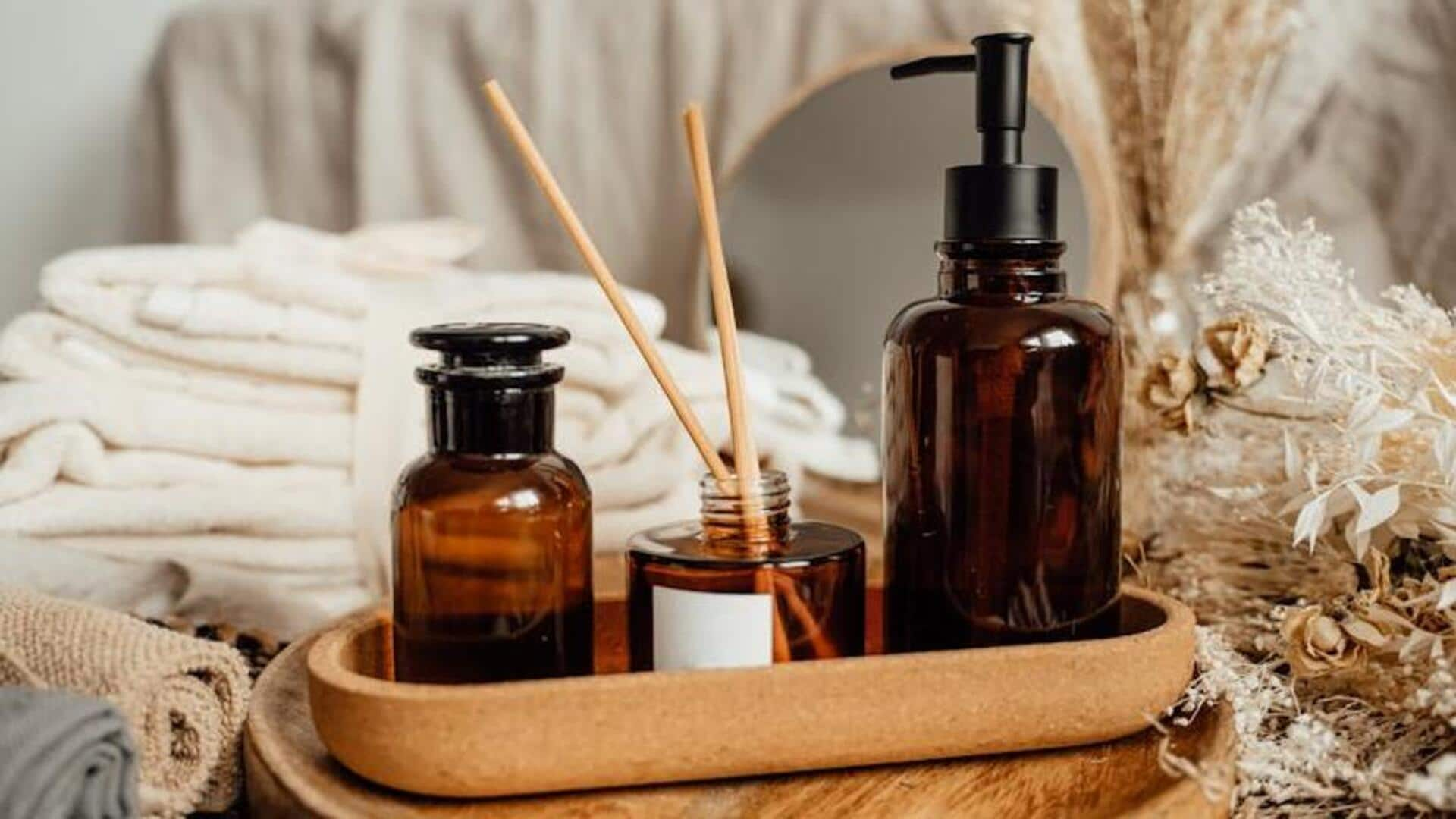
How to make pet-safe air fresheners for your home
What's the story
Creating a pleasant-smelling home is important, but ensuring air fresheners are safe for pets is imperative.
Many commercial products contain chemicals that can be harmful to dogs.
Luckily, it's pretty easy and inexpensive to make your own dog-safe air fresheners using natural ingredients.
Here's a look at how you can craft these fresheners at home, keeping your furry friends safe while your living space smells delightful.
Natural scents
Essential oils for freshness
Essential oils make for a great option to create natural air fresheners.
Lavender, chamomile, and cedarwood oils are safe for dogs and also have a calming effect.
To prepare an air freshener, mix ten drops of the essential oil with water in a spray bottle. Shake well before each use to disperse the oils evenly.
Always ensure the essential oils you choose are pet-friendly and avoid those known to be toxic to animals.
Fruit freshness
Citrus peels as deodorizers
Citrus peels of oranges or lemons can be amazing deodorizers, thanks to their natural oils and refreshing scent.
Just boil the peels in water on low heat and let their fragrance fill the air.
Or, dry the peels and put them in small sachets across your home.
This way, you can not only neutralize odors, but also add a zesty aroma without any harmful chemicals.
Odor neutralizer
Baking soda absorbs odors
Baking soda is famous for absorbing smells and is 100% pet-safe when used the right way.
To prepare a powerful deodorizer, fill small bowls with baking soda and keep them in odor-prone areas like near trash bins or pet beds.
For an extra whiff, combine baking soda with a few drops of dog-safe essential oil before placing it around your home.
Simple solution
Vinegar-based air freshener
White vinegar is another versatile ingredient that can help neutralize odors naturally without posing any risk to pets.
Mix equal parts of white vinegar and water in a spray bottle for an easy-to-use air freshener solution.
Spray lightly around rooms or on fabrics where needed; however, avoid spraying directly on pets or surfaces they frequently lick.